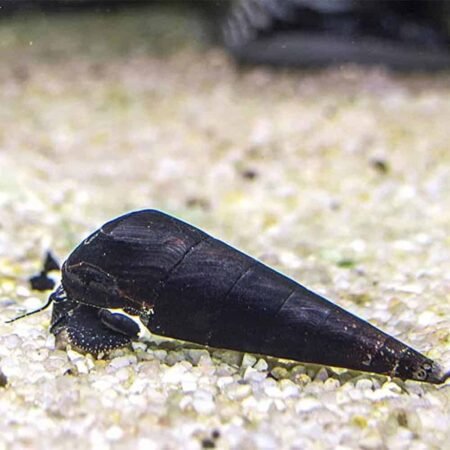-
×

-
×

-
×
 Red Devil Vampire Crab - Geosesarma Hagen - Decapod Crustacean
1 × £8.71
Red Devil Vampire Crab - Geosesarma Hagen - Decapod Crustacean
1 × £8.71 -
×

-
×

-
×

-
×

-
×

Subtotal: £109.36











Emily Harper (verified owner) –
I recently added the Apistogramma Hongsloi «Red Stroke» to my 20-gallon tank, and I couldn’t be happier! These little dwarf cichlids are not only stunning with their vibrant colors, but they also have such a lively personality. After about two weeks of careful acclimation, my pair has settled in beautifully. Watching them explore their environment and interact with each other has been a joy. I made sure to provide plenty of hiding spots and plants, which they seem to love.
Compared to other dwarf cichlids I’ve kept, these Red Stroke Hongsloi are much more active and social. They frequently come out during feeding time and even engage in some playful chasing, which is both entertaining and a sign of their happy and healthy condition.
Of course, I prioritize aquarium maintenance, ensuring my water parameters are spot on, and I do regular water changes to keep them thriving. If you’re looking for a captivating fish that brings life to your tank, I highly recommend these. Just be sure to have a well-maintained setup and watch them flourish!
The only minor downside is that they can be a bit territorial during breeding, so keep that in mind if you’re adding them to a community tank. Overall, a fantastic addition to any aquarist’s collection!
Emily Carter (verified owner) –
I recently added the Apistogramma Hongsloi «Red Stroke» to my aquarium, and I couldn’t be happier! After about two weeks of observing their behavior, I must say these dwarf cichlids are truly a stunning addition to any community setup. Their vibrant colors and unique patterns really pop against the lush greenery and decorations in my tank.
I appreciate how well they integrate with my other tropical fish—my tetras and rasboras seem to coexist peacefully with them. They are small yet feisty, and their playful nature keeps the whole tank lively. I initially worried they might be aggressive, but they have proven to be quite sociable!
Compared to some other dwarf cichlids I’ve kept, the Hongsloi are much more resilient and adaptable. They thrive in a well-planted aquarium, which I recommend for optimal happiness. Just be mindful of their need for hiding spots; they love to dart in and out of caves and plants.
Overall, I highly recommend the Apistogramma Hongsloi to anyone looking to enhance their tropical fish collection. They bring so much joy and color, and I can’t wait to see how they continue to flourish!